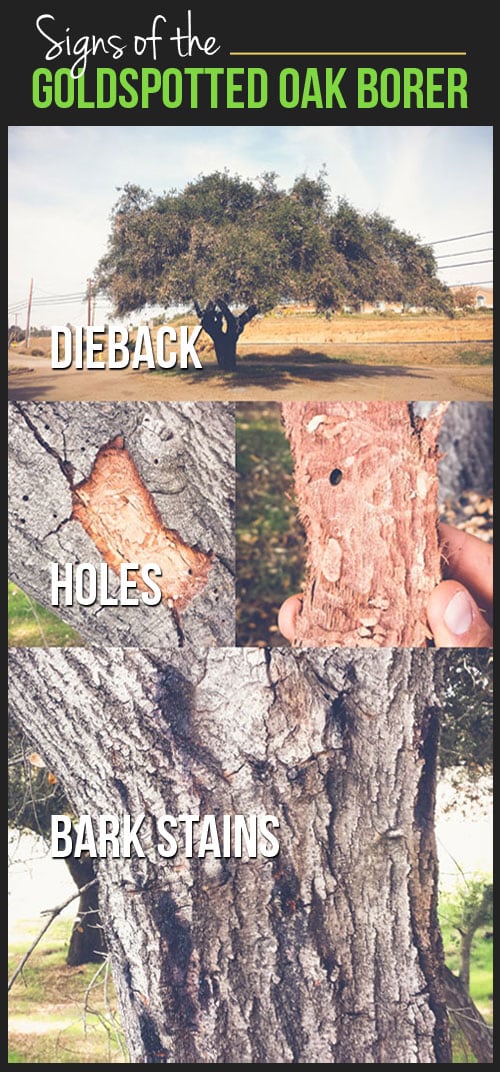Caring For Your Landscape After Tree Removal Is Important For Its Restoration; Uncover Important Procedures To Rejuvenate Your Setting And Avoid Future Complications
Caring For Your Landscape After Tree Removal Is Important For Its Restoration; Uncover Important Procedures To Rejuvenate Your Setting And Avoid Future Complications
Blog Article
Uploaded By-Franks Mejia
After a tree's removal, your landscape might look quite various, and it's vital to examine the consequences meticulously. You'll want to review the soil disruption and check surrounding plants for any indications of stress. Disregarding these variables can lead to bigger troubles down the line. So, what should you perform with those stumps and origins? And just how do you choose the most effective plants for your revitalized area? Allow's check out these essential actions.
Examining the After-effects: Reviewing Your Landscape
After a tree removal, it's critical to assess your landscape to comprehend the influence it has on your lawn.
Start by checking out the location where the tree stood. Search for signs of soil disturbance, and examine the surrounding plants for any kind of anxiety or damages.
You ought to additionally make note of just how the removal has altered sunshine direct exposure and air movement in your yard. Pruning Peach Trees can impact the development of close-by plants, so it's vital to evaluate their health.
Consider the aesthetic elements also; the elimination could develop an open space that you can revamp.
Finally, think of Stump Grinding Business Names of possible disintegration concerns that might emerge from the tree's lack. Resolving these elements early will help recover balance to your landscape.
Handling Stumps and Origins: Choices for Removal
Once you've analyzed the consequences of the tree elimination, you'll likely need to deal with the stump and roots left behind.
You have a couple of choices for removal. One reliable approach is stump grinding, where an expert utilizes a maker to grind the stump down to below ground level. This strategy leaves minimal disturbance to your landscape.
If you like a DIY approach, you can make use of a combination of excavating and chemical stump eliminators. Just bear in mind, this process can take time and effort.
Alternatively, take into consideration leaving the stump as a natural feature, which can work as a distinct garden element or habitat for wildlife.
Whatever you choose, dealing with the stump and roots is important for recovering your landscape.
Selecting the Right Plant Kingdoms for Your New Room
As you assess your newly cleared space, selecting the right plants can substantially enhance your landscape's beauty and performance.
Begin by considering the sunlight and dirt conditions. For bright areas, choose drought-resistant plants like lavender or succulents. In shaded places, brushes and hostas thrive well.
Think of the size and development behaviors of your plants; mix perennials and annuals for seasonal variety. Don't forget to integrate native varieties; they require less maintenance and assistance local wildlife.
How To Remove Tree Stump in weird numbers for a much more natural appearance and create layers for aesthetic depth.
Lastly, guarantee you have a mix of shades and textures to maintain your landscape dynamic throughout the seasons.
Delighted growing!
Final thought
Finally, restoring your landscape after tree removal is a rewarding procedure. By examining the results, resolving stumps and origins, and selecting the right plants, you'll produce a successful atmosphere. Do not forget to include erosion control measures to protect your soil. With a little effort and treatment, you can transform your space into a lively garden that improves your residential property. Welcome the opportunity to invigorate your landscape and enjoy the appeal of nature right in your yard!
